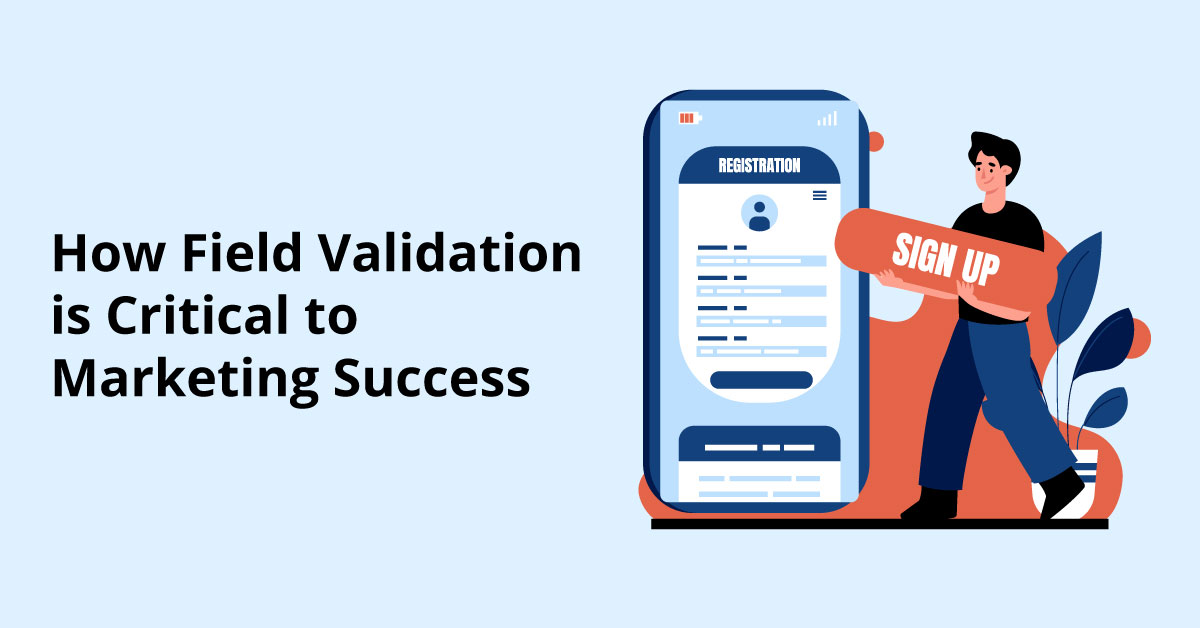
We are diving into the world of field validation in lead capture forms and its significance. Believe it or not, this seemingly small detail can make or break your marketing efforts. Let's dive in!
Imagine you're hosting a party and have put out a guestbook for attendees to sign. As the night progresses, you find that some guests have scribbled indecipherable notes, some have left only their initials, and others have doodled instead of signing their names. When the party is over, and you're trying to recall who attended, the guestbook is of little help.
This scenario is similar to when you don’t validate the data entered into your lead capture forms. Businesses rely heavily on high-quality data to strategize, and its utility diminishes when it is incomplete or inaccurate.
One of our clients is a sizable landscaping company, we encountered a pivotal experience. We were juggling leads from various sources, yet there was no aggregate measurement for these diverse lead origins. The inability to gauge the customer acquisition cost against each channel hindered our data-driven decision-making. However, the game changed when we integrated accurate source attribution. This allowed us to relay data back to those channels regarding the conversion and its value, granting them more profound optimization opportunities. The result? A whopping 25% optimization in our ad spend.
Here's where hidden fields come into play. By embedding these into your forms, you can seamlessly capture data like UTM parameters and referral sources without the user's knowledge. This 'background' data gathering is instrumental in understanding where your leads originate from, especially when running multiple marketing campaigns.
By passing this data to your CRM, you're essentially arming yourself with a trove of information that can be used to hold freelancers and agencies accountable. After all, knowledge is power, and in marketing, it's the power to optimize, refine, and perfect.
Field validation isn't just about ensuring an email looks like an email. It encompasses various checks:
Like all things, data validation has its pros and cons.
Pros:
Cons:
Field validation, especially in lead capture forms, is non-negotiable for any business serious about its marketing efforts. It's the bridge between quality leads and effective marketing strategies.
So, the next time you're setting up a lead capture form, remember the landscaping story and the difference in accurate data validation. It's not just about collecting data; it's about collecting data you can use, trust, and act upon.
Until next time, keep validating and optimizing!